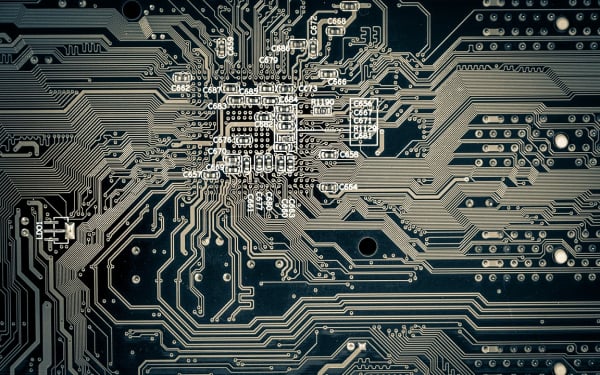Recently, it was reported that researchers found that the shear stress caused by the collapse and reopening of the alveoli is the main factor causing cell damage through the "ventilator on a chip" model developed by Ohio State University. This is the first time scientists have succeeded in directly comparing different types of damage to lung cells caused by mechanical ventilation.
This miniature "organ-on-a-chip" can not only simulate lung damage during mechanical ventilation, but also monitor the repair and recovery of human cells in real time. Dr. Samir Ghadiali, co-first author of the study and professor and chair of the Department of Biomedical Engineering at The Ohio State University, noted, "The initial damage is caused by physical action, while the subsequent process is primarily biological. We combine these two processes with this device.”
The research team hopes the device will help develop therapies for the treatment of lung damage caused by ventilators. "This study is an important breakthrough in the field that will help us better understand the mechanisms of lung injury in mechanically ventilated patients, and then identify targets for drug therapy to prevent or treat these injuries," said Joshua Englert, Ph.D., associate professor of pulmonology, critical care, and sleep medicine at The Ohio State University Wexner Medical Center.”
While mechanical ventilation can save patients with impaired respiratory function due to illness or trauma, it has long been recognized that mechanical forces exerted on the lungs can also cause harm. Cell-level damage can cause leaks in the barrier between the alveoli and capillaries, which can lead to a buildup of fluid that prevents oxygen from entering the lungs.
What makes this chip model special is that it can measure the effect of these forces on the integrity of the cellular barrier in the lungs in real time. Through an innovative approach, the researchers cultivated human lung cells on synthetic nanofiber membranes that mimic the complex structure of lung tissue, which brings the device closer to the real ventilated environment than other similar lung-on-a-chip systems.

Figure: A new chip ventilator can be used to study lung injury
The research setup focused on measuring the effects of three types of mechanical stress on the cellular barrier: stretching due to overinflation, increased cellular pressure, and periodic collapse and reopening of alveoli. The results showed that both hyperinflation and periodic collapse and reopening damaged the barrier, but the recovery of cells from hyperinflation was faster, while the damage caused by collapse and reopening was more severe.
Englert points out that collapsing and reopening cause fluid to flow in the lungs, which in turn exposes cells to enormous shear stresses that are key to causing serious damage. "At the moment, there is very little data on how these two injury mechanisms compare in the same system," he says, "but now for the first time, we are able to experiment with both types of injuries using the same device and cells and compare their effects." The results showed that both of these injuries were severe, but the collapse and reopening were more difficult to recover.”
Ghadiali added that the discovery demonstrates the complexity of the model. "We have known for a long time that collapse and reopening can have harmful effects on the lungs, but it was not possible to measure the damage process in real time," he said. "Now we can not only confirm the rapid onset of this injury, but also the long recovery time. We plan to continue to use this 'ventilator on a chip' to study how to prevent this injury and enhance our ability to recover."
Future research will focus on incorporating mechanical interactions to mimic complex lung injury in ICU patients due to diseases such as pneumonia and trauma. "We are in the early stages of developing these models, which will provide us with a solid research platform for further exploring the complex mechanisms of lung injury in ICU patients," Englert said.”






